- Tel Aviv University
We study collective excitation in crystalline materials. We use layered crystals, like graphite, that form strong covalent bonds in one plane versus a relatively weak “van-der-Waals” attraction between the different planes.
We aim to observe/understand/control the way electrons/photons/phonons and additional “crystal-induced” particles act in pure mediums that we confine into tiny artificial devices.
Since they make the building blocks of the current electronic revolution, by extending the library of these “quasi-particles”, our fundamental knowledge of their interactions and the concepts to control their properties could impact all fields of life.

The unit cell of layered materials can stretch by ~ 20% without breaking, which is much more than the typical breaking strain of other crystals.
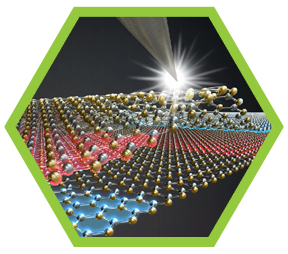
The quantum Hall effect and superconductivity are two remarkable examples of matter excitation traveling over macroscopic distance with no dissipation.
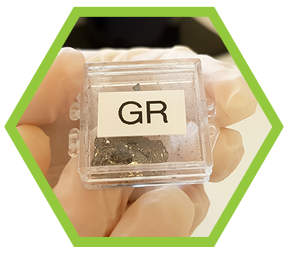
Superconducting quantum interference devices are made by coupling two superconductors across a non-superconducting medium. In a previous work graphene was demonstrated to serve as an excellent such medium.
Layered crystals like graphite, which form strong covalent bonds in one plane and a relatively weak “van-der-Waals” attraction between the different planes.
We isolate the atomically thin layers and then stack them together like LEGO blocks to make new artificial materials and pursue our (hopefully innovative) ideas.
The LEGO concept in artificial vdW structures revealed new quasi-particles and correlated phenomena. Recently, we showed that switching between different crystals is possible by sliding the layers
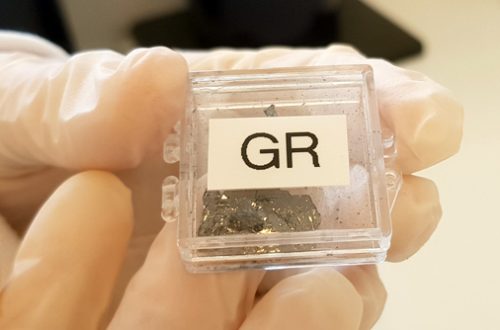
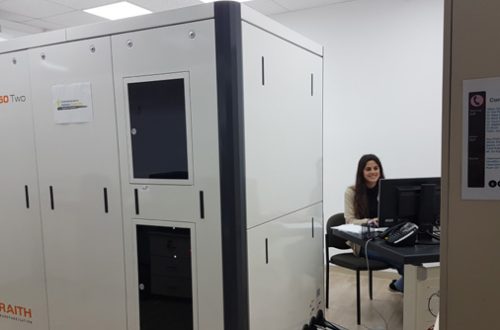
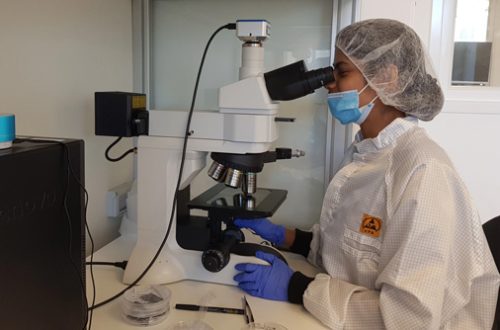
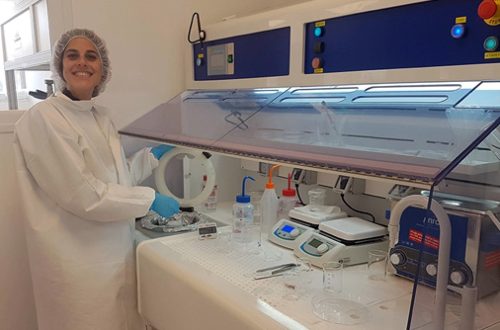
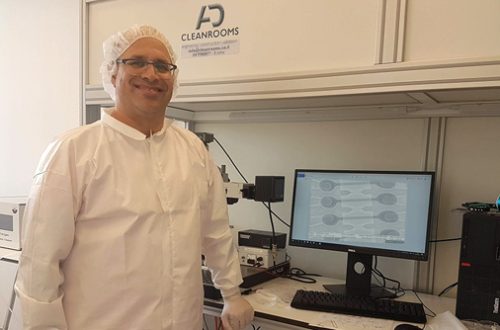
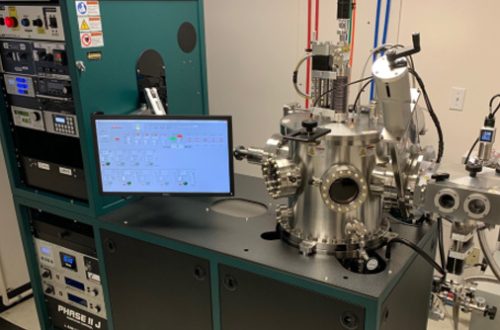
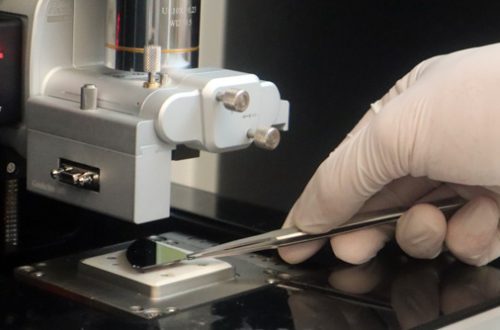
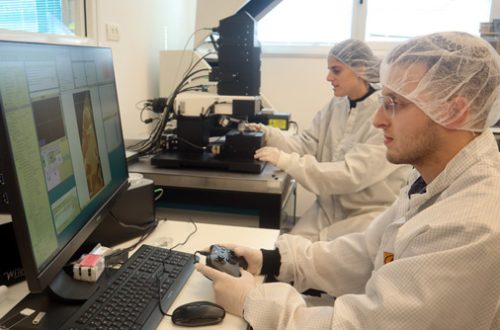
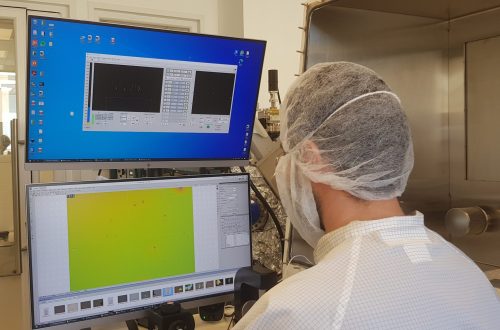
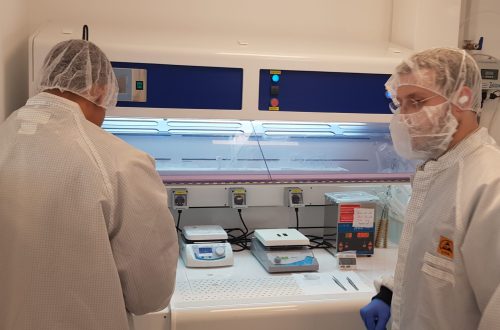
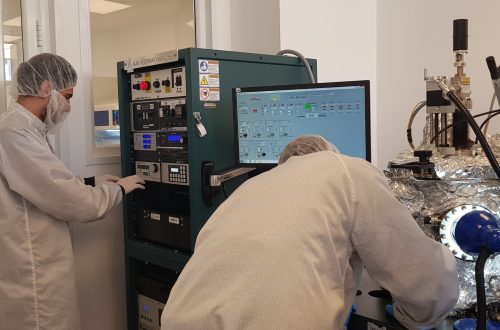
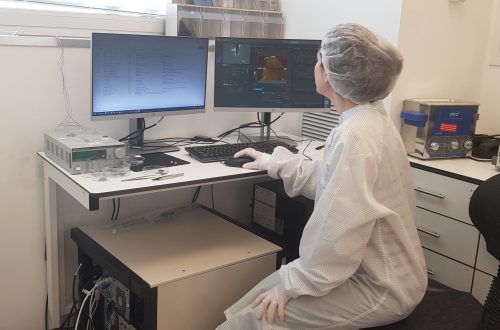
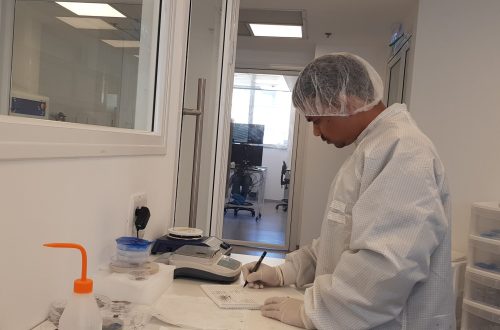
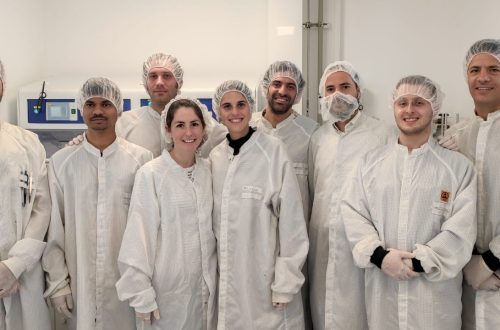

Femto-Nano Lab, Ariel Ismach Lab and Dagan Group
Dr. Fucai Liu
Theory: Eran Sela, Moshe Goldstein, and Roni Ilan.
Using layered crystals that can be artificially stacked together into variety of such mediums we pursue our (hopefully innovative) ideas, where we aim to create and explore new phenomena in novel, previously unavailable, environments.